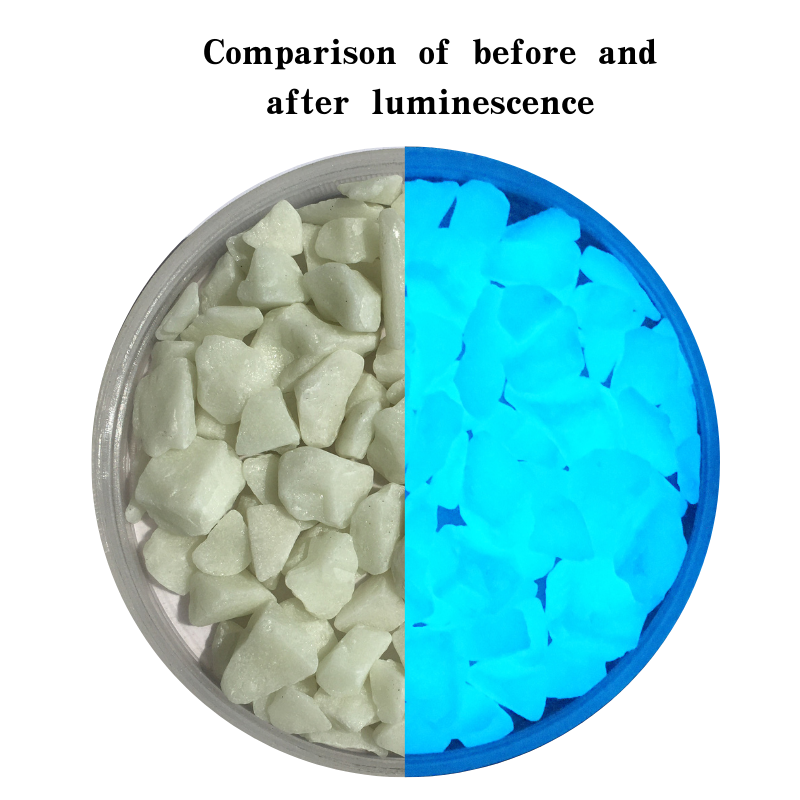
Understanding the Benefits and Applications of Pelletized Activated Carbon in Various Industries
Pelletized Activated Carbon An Essential Component in Environmental and Industrial Applications
Activated carbon is a versatile material known for its exceptional adsorption properties, making it invaluable in various applications, particularly in environmental remediation, air and water purification. Among the different forms of activated carbon, pelletized activated carbon (PAC) has gained prominence due to its enhanced performance and ease of use in diverse industrial settings.
Pelletized activated carbon is produced by processing carbon-rich materials, such as coconut shells, wood, or coal, which are subjected to high temperatures in an oxygen-free environment. This process, known as activation, creates a highly porous structure with an extensive surface area, allowing it to trap a wide range of contaminants. The pellets are typically uniform in size, making them easy to handle and transport, while also promoting optimal flow and contact with contaminated media during adsorption processes.
One of the key benefits of pelletized activated carbon is its efficiency in removing impurities from liquids and gases. In water treatment, PAC is widely used to eliminate harmful substances, including chlorine, volatile organic compounds (VOCs), and heavy metals. Its ability to reduce chemical contaminants not only helps to purify drinking water but also plays a critical role in protecting aquatic ecosystems.
In air treatment applications, PAC is utilized to mitigate odors and harmful emissions in industrial settings. Due to its high adsorption capacity, it effectively captures pollutants such as sulfur compounds, ammonia, and various organic vapors, thus improving indoor air quality and ensuring compliance with environmental regulations. Additionally, the use of pelletized activated carbon in combination with other filtration technologies can maximize contaminant removal efficiency.
pelletized activated carbon

Another significant advantage of pelletized activated carbon is its reusability. After saturation with contaminants, PAC can often be regenerated through thermal or chemical processes, allowing it to be reused multiple times. This not only reduces waste but also lowers operational costs for industries relying on this material for pollution control.
Despite its benefits, the selection of the appropriate type of activated carbon for specific applications is crucial. Factors such as the nature of the contaminants, the required flow rates, and the specific removal efficiencies dictate the choice of PAC. Hence, it is essential for industries to conduct thorough assessments before implementation to ensure optimal performance and cost-effectiveness.
Furthermore, ongoing research and development in the field of activated carbon technologies aim to enhance the properties of PAC. Innovations include the creation of impregnated activated carbons tailored for specific pollutants and the development of more efficient regeneration methods to extend the lifecycle and effectiveness of these materials.
In conclusion, pelletized activated carbon stands as an essential material in the fight against pollution and the promotion of a healthier environment. Its ability to effectively adsorb contaminants from air and water makes it a critical tool across various industries, underscoring the importance of continued investment in activated carbon research and applications. With increasing awareness of environmental issues, the demand for efficient and sustainable solutions like PAC is expected to grow, shaping a cleaner, safer future.
Share
-
Premium Pigment Supplier Custom Solutions & Bulk OrdersNewsMay.30,2025
-
Top China Slag Fly Ash Manufacturer OEM Factory SolutionsNewsMay.30,2025
-
Natural Lava Rock & Pumice for Landscaping Durable Volcanic SolutionsNewsMay.30,2025
-
Custom Micro Silica Fume Powder Manufacturers High-Purity SolutionsNewsMay.29,2025
-
Custom Mica Powder Pigment Manufacturers Vibrant Colors & Bulk OrdersNewsMay.29,2025
-
Custom Micro Silica Fume Powder Manufacturers Premium QualityNewsMay.29,2025






